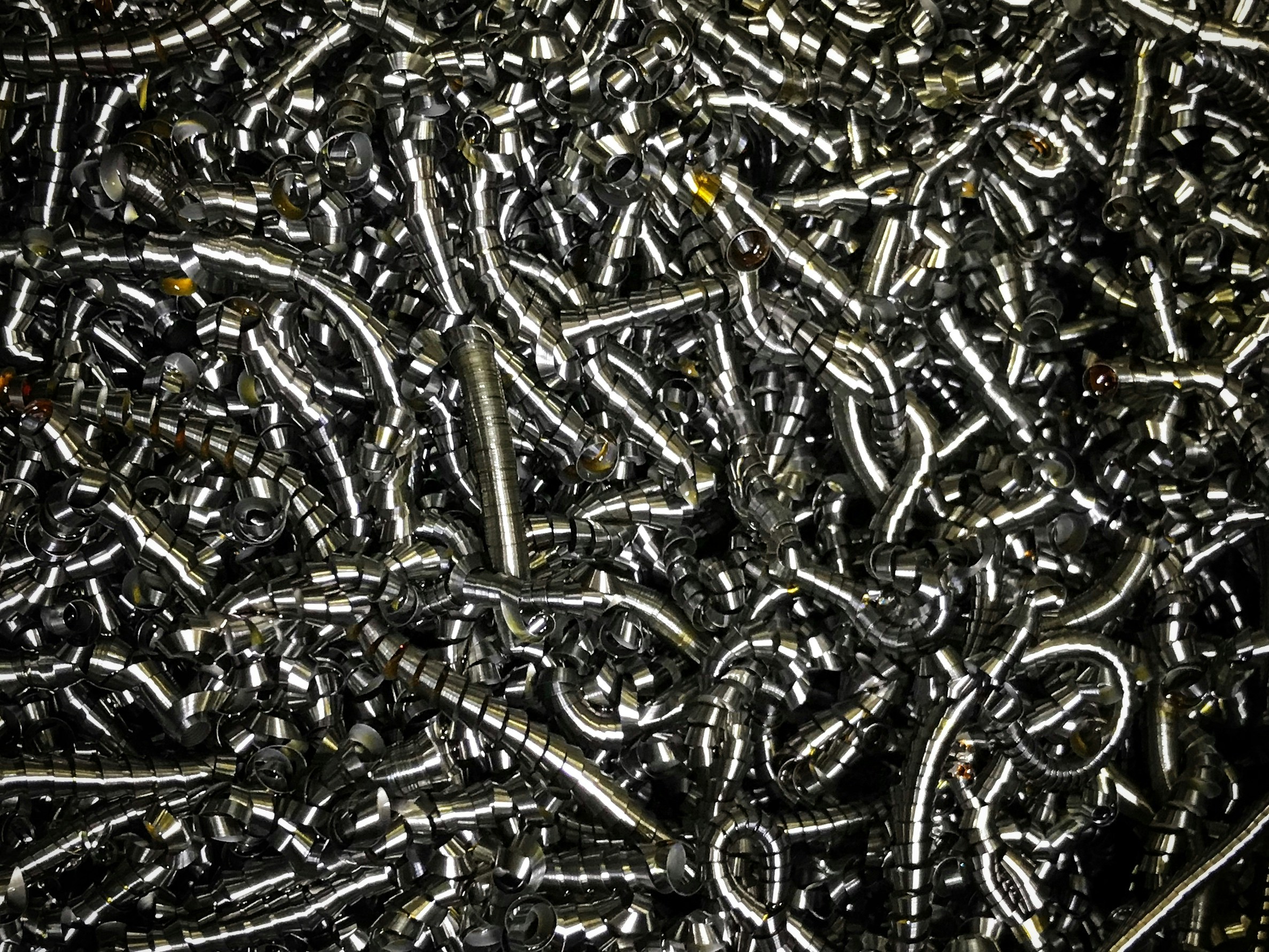
Galvanized Versus Galvannealed Steel Sheet
While galvanized and galvannealed steel start off similarly, the processes they undergo in their secondary steps determine how they behave after roll forming. The difference between the two types of metal makes them suitable for different purposes, including automotive (exposed and unexposed), highway signs, garage doors, and electric equipment.
Galvanneal combines the protection of galvanized steel with the advantages of annealing. This enables it to perform well in applications where painted metal degradation is not desired.
Corrosion Resistance
Galvannealed steel is regular carbon steel that has been coated with zinc. The coating is a unique iron-zinc alloy that offers protection against corrosion. It is similar to galvanized steel in that the metal protects against oxidation, but it differs in that the process after coating. The annealing process heats the steel to 1050oF, and this causes iron from the core of the sheet to diffuse into the zinc, forming a unique zinc-iron alloy that resists corrosion and rust.
This coating protects the steel from environmental factors like humidity, industrial pollution, sulfur dioxide, and chlorine gas, as well as corrosive chemicals, such as salt, acid, and caustic soda. It also protects against abrasion, scratching, and impact damage. The matte finish on galvannealed steel also enhances paint adhesion, making it a preferred choice for applications that require both corrosion resistance and a painted surface.
For example, automotive manufacturers use galvanneal steel to make doors and panels, as well as structural components of cars. It is also popular for household appliances, because it offers corrosion resistance and formability. Other uses include constructing permanent debris and linen chute systems, forming and deep drawing applications, high-tensile stress applications, and marine applications. It is also a great option for welding applications. Its strength and resilience allow it to be welded with ease and provide protection against corrosion when in contact with other materials such as wood, plastic, and glass.
Paintability
Galvannealed sheet is often preferred for applications that require a painted finish, as the coating’s matte texture offers superior paint adhesion. The zinc-iron alloy layer also provides a tougher surface than regular galvanized steel, which increases the likelihood that applied paint will resist scratching and other damage.
This type of coating is ideal for a variety of applications, including construction and appliance manufacturing. For example, automobile manufacturers commonly use galvanneal to produce galvannealed steel sheet chassis components and panels. It’s also used to make appliances like refrigerators, washing machines, and dryers.
The corrosion resistance of galvanneal helps to reduce maintenance and replacement costs. In addition, it minimizes the need for frequent painting or coating, further reducing cost and time. The spangle-pattern of the galvanneal coating is appealing to many design teams, as well.
As a result of its enhanced paint adhesion, galvanneal is an excellent choice for projects that need to maintain their integrity in harsh environments. Galvanneal is an attractive option for automotive and construction, and it is also used in waste disposal chute systems. Xometry’s extensive catalog of galvanized and galvannealed steel products allows customers to choose the material that best suits their needs. Contact us to learn more about our slitting, shearing, blanking, stretcher leveling, and metallurgical support capabilities or to get a quote. We offer a wide range of manufacturing services, from rapid prototyping to large production runs.
Weldability
Galvannealed steel is pliable and has high formability. As a result, it can be formed, stamped, and bent without losing its protective zinc coating or structural integrity. This enables it to be used in a variety of applications, including automotive panels and signage. It is also highly durable and resists chipping and scratching.
The presence of iron in the galvanneal coating makes it easier to weld than regular galvanized steel. It can be welded using conventional welding methods, including MIG and TIG. However, it is important to note that when the zinc coating vaporizes during welding, it produces toxic fumes. These fumes can Q195 carbon steel plate cause long-term health problems, including lung and brain damage. It is therefore important to use proper welding equipment and take safety precautions when working with galvanneal steel.
Galvannealed steel is a commonly used material for the manufacture of automobile body parts due to its corrosion resistance properties. It is also easy to weld and forms well. It is also durable and has good paintability. This combination of qualities makes it a popular choice for a wide range of industrial applications. If you are interested in learning more about the benefits of galvanneal steel or would like to discuss custom manufacturing capabilities, contact a Xometry representative. We can provide you with a quote and help you select the best materials for your application.
Formability
Galvannealed steel is readily postpainted and formed into a shape without jeopardizing its paintability or corrosion resistance. Its matte surface texture is optimal for promoting superior paint adhesion and enhancing the quality of the painted finish. This makes it an excellent choice for applications that require long service life, including automobiles and highway signs.
The galvannealing process takes two common steel treatments and combines them to produce a galvanized product that is highly flexible and durable. First, the steel is immersed in molten zinc to apply a protective coating. Then, it’s heated to the annealing temperature of around 1050oF. This causes the underlying iron element to melt and alloy with the zinc coating, making it more resistant to damage.
The resulting galvanneal product is very flexible and can be easily rolled, stamped, and bent. This flexibility is especially important for applications that involve welding, such as automotive manufacturing and construction. Its weldability is enhanced by the presence of the iron-zinc alloy layer, which reduces weld spatter and provides an electrically conductive surface. The material also exhibits good ductility and can be stretched with minimal damage, even under high-tensile stress conditions. This makes it ideal for fabricating equipment and parts for transportation, machinery, and storage facilities. It’s also an excellent material for constructing building frames and panels. Its durability helps to lower maintenance and replacement costs.

